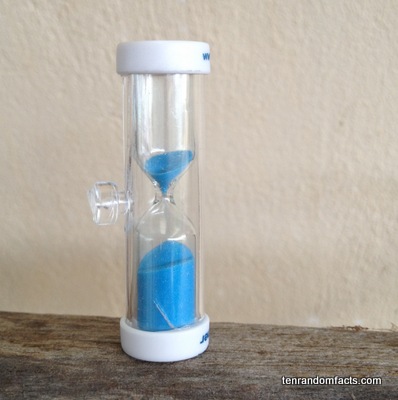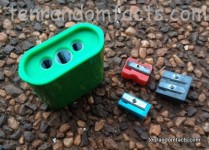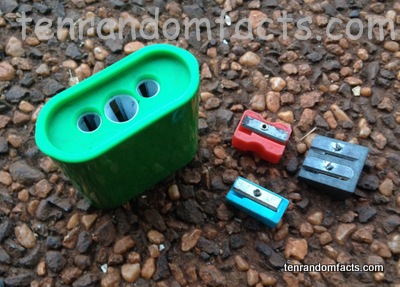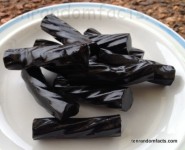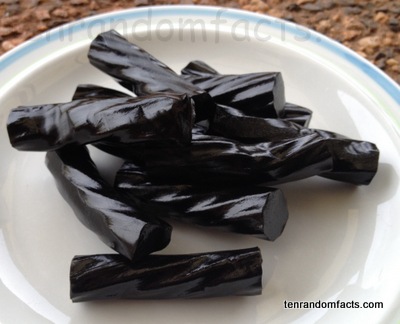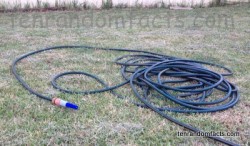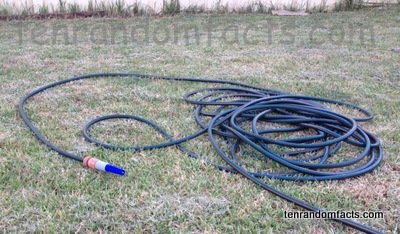
Hourglass… One of a boat captain’s saviours.
- ‘Hourglasses’ are also known as ‘sandglasses’, ‘sand timers’, ‘egg timers’, ‘sand watches’ and ‘sand clocks’.
- Hourglasses are usually made from blown glass that has a bulb at each end, joined by a ‘neck’, that is housed in a frame, enabling it to stand vertically, while the bulbs contain many fine grains, which drop from one bulb to another through the neck.
- Hourglasses are used for time measurement, from minutes to hours, and even a year, and when the top bulb is empty, time is up.
- The time an hourglass measures can be altered by changing the grain type, the grain amount, size of the bulb, size of the neck and the quality of the grains.
- Hourglasses were most likely invented in Medieval Europe, possibly in the 700s by Luitprand, a monk in France, although evidence of the invention is not depicted until 1338.
- Hourglasses replaced waterclocks, as they did not spill in sudden movements or evaporate, condensate, or freeze, at certain temperatures like the waterclocks (clepsydra) were prone to do.
- Hourglasses were favoured on ships, due to their ability to keep accurate time, despite the rocking of the vessel, and churches and households, for timing of events and cooking respectively.
- The first versions of hourglasses had bulbs that did not attach with a neck, but instead were joined together by cord and wax.
- Hourglasses in the modern era, are more commonly used for decorative purposes or timing something, such as cooking eggs or tasks in a board game, that do not need exact time measurements.
- Hourglass ‘sand’ is often not real sand, but rock dust, marble dust, silica or fine glass beads, and the grains flow better when they are completely round, so angular grains are avoided.



